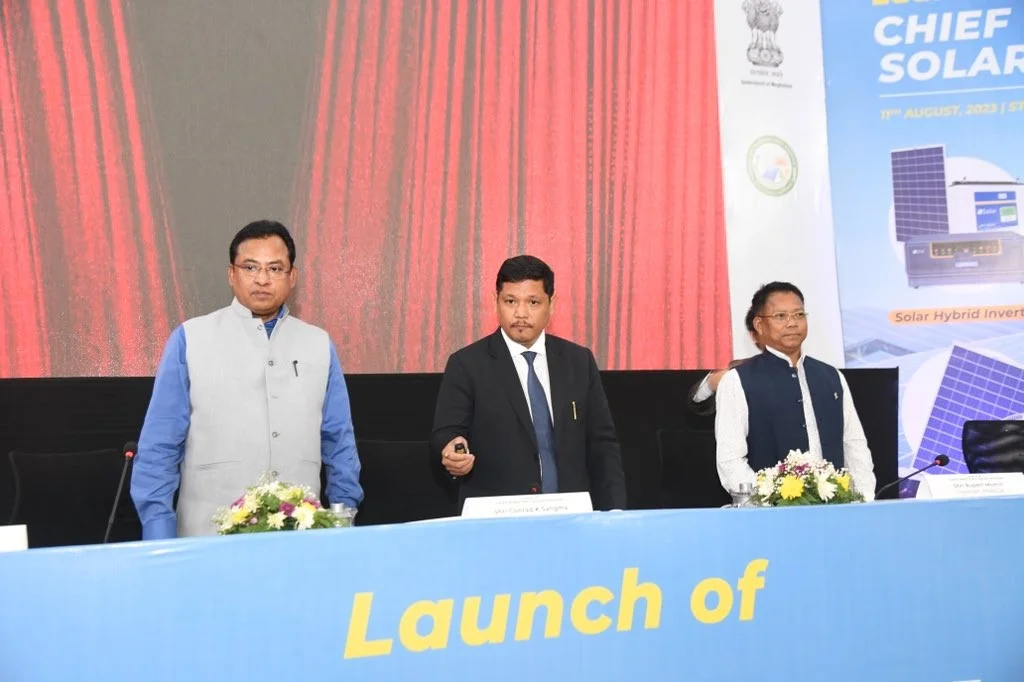Nagaland is taking a big step toward clean energy. On April 15, 2025, the state government launched a scheme to install rooftop solar power systems for homes. This initiative, tied to the central Surya Ghar: Muft Bijli Yojana, aims to ease the state’s power shortage. Here’s what’s happening and why it’s a game-changer.
A New Solar Mission
The Nagaland Solar Mission is driving this effort. Chief Minister Dr. Neiphiu Rio kicked off the scheme in Kohima. It offers big subsidies to make solar affordable. “The state and central governments’ subsidy together will cover most of the cost of installing solar power for households,” Rio said. The state is adding up to Rs 50,000 for systems up to 3KW, on top of central support.
Why It’s Needed
Nagaland faces a power deficit. The state struggles to meet demand, and solar can help. Rooftop systems let homes generate their own electricity, cutting reliance on the grid. Power Minister K G Kenye noted, “Access to rooftop solar installation will be affordable and thus he anticipates a positive response.” The scheme also aligns with India’s push for 500 GW of non-fossil fuel capacity by 2030.
Key Highlights
- Subsidy: Up to Rs 50,000 for 3KW systems, plus central support.
- Target: 50 MW of rooftop solar capacity in Nagaland.
- Central Scheme: Linked to Surya Ghar: Muft Bijli Yojana.
- Goal: Address power deficit and promote green energy.
How It Works
The Surya Ghar: Muft Bijli Yojana offers free electricity up to 300 units monthly for 1 crore homes nationwide. Families can save Rs 15,000 crore yearly and sell surplus power to discoms, per pmsuryagharyojana.in. In Nagaland, the initiative invites citizens to switch to solar power, with further state subsidies. It’s an opportunity for homes to save on bills and be part of a greener tomorrow.
Challenges Ahead
Rolling out the sun is not easy. It requires awareness—people might not be aware of the advantages. Installation requires space and sunlight, which not every house possesses. And then there is the topography of Nagaland, which might complicate logistics. Butthe government’s focus on capacity building, like training utility engineers, aims to smooth the way, as noted in an eqmagpro.com report.
The Bigger Picture
Nagaland’s solar push fits a broader trend. India’s rooftop solar potential is 637 GW, per CEEW data. The state has a 50 MW target for rooftop solar, part of a national goal to hit 40 GW from rooftops by 2022, per a 2019 eqmagpro report. With 220.10 GW of installed renewable capacity nationwide as of March 2025, per MNRE, every state’s effort counts.
Nagaland’s rooftop solar scheme is a bright idea. With subsidies covering most costs and a 50 MW target, the state is powering up for a cleaner future. It’s a model that could inspire other regions to harness the sun.

